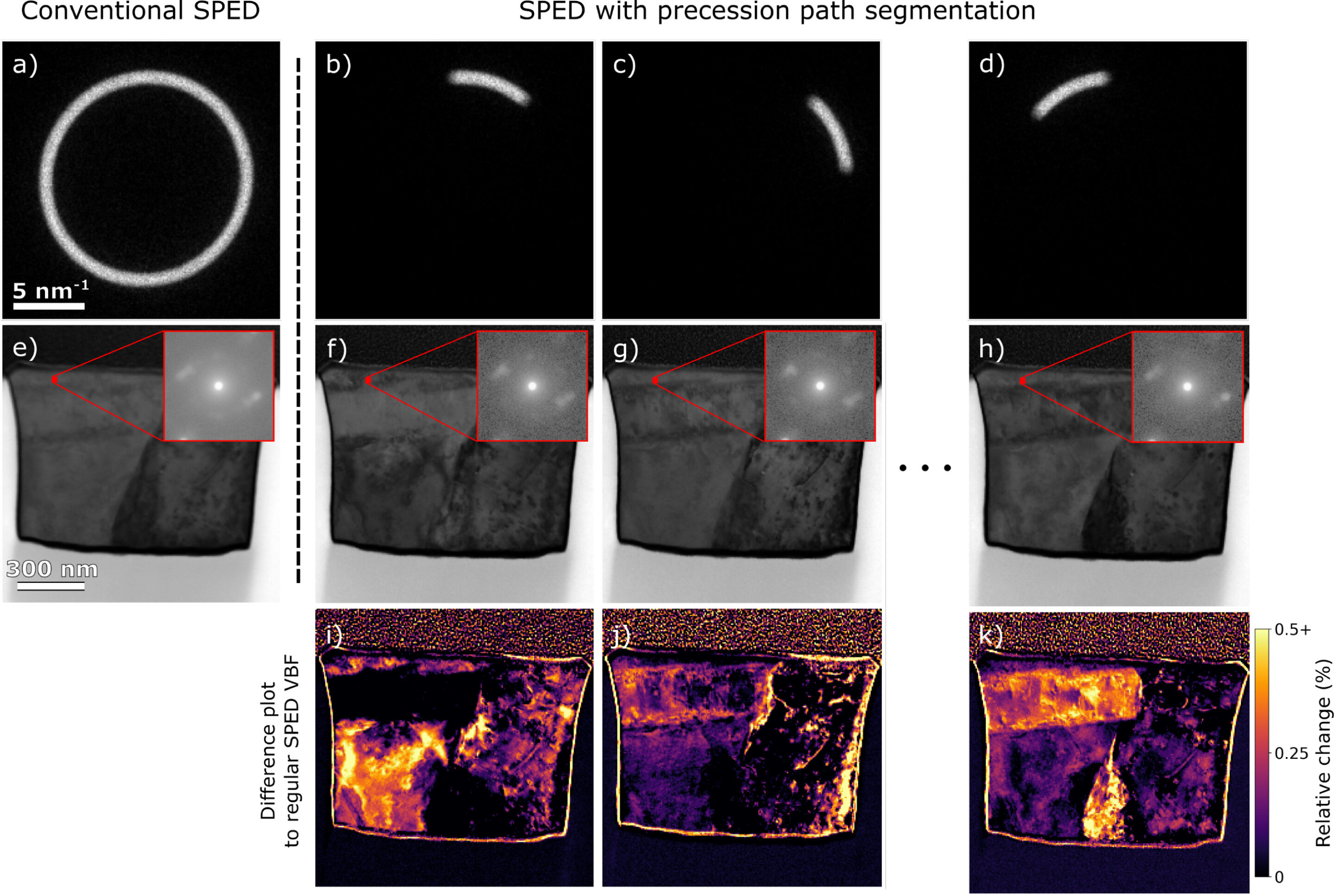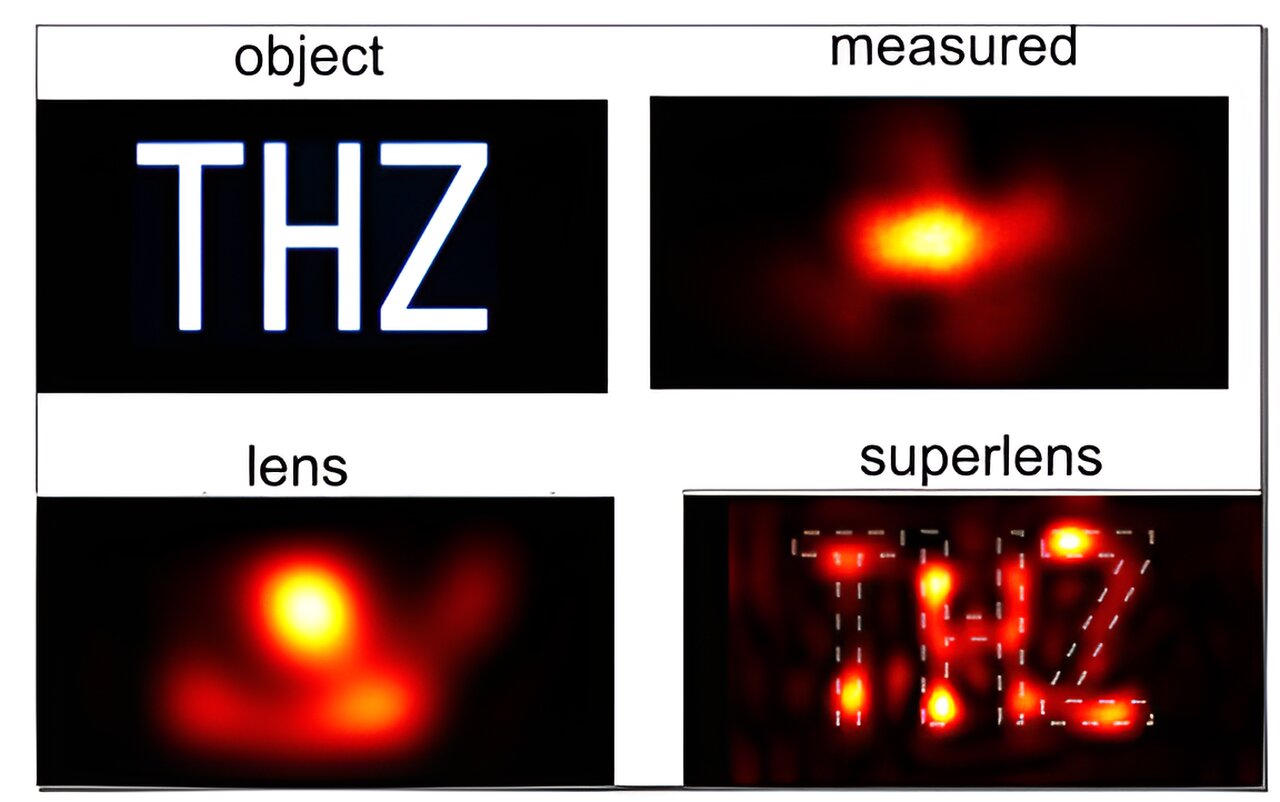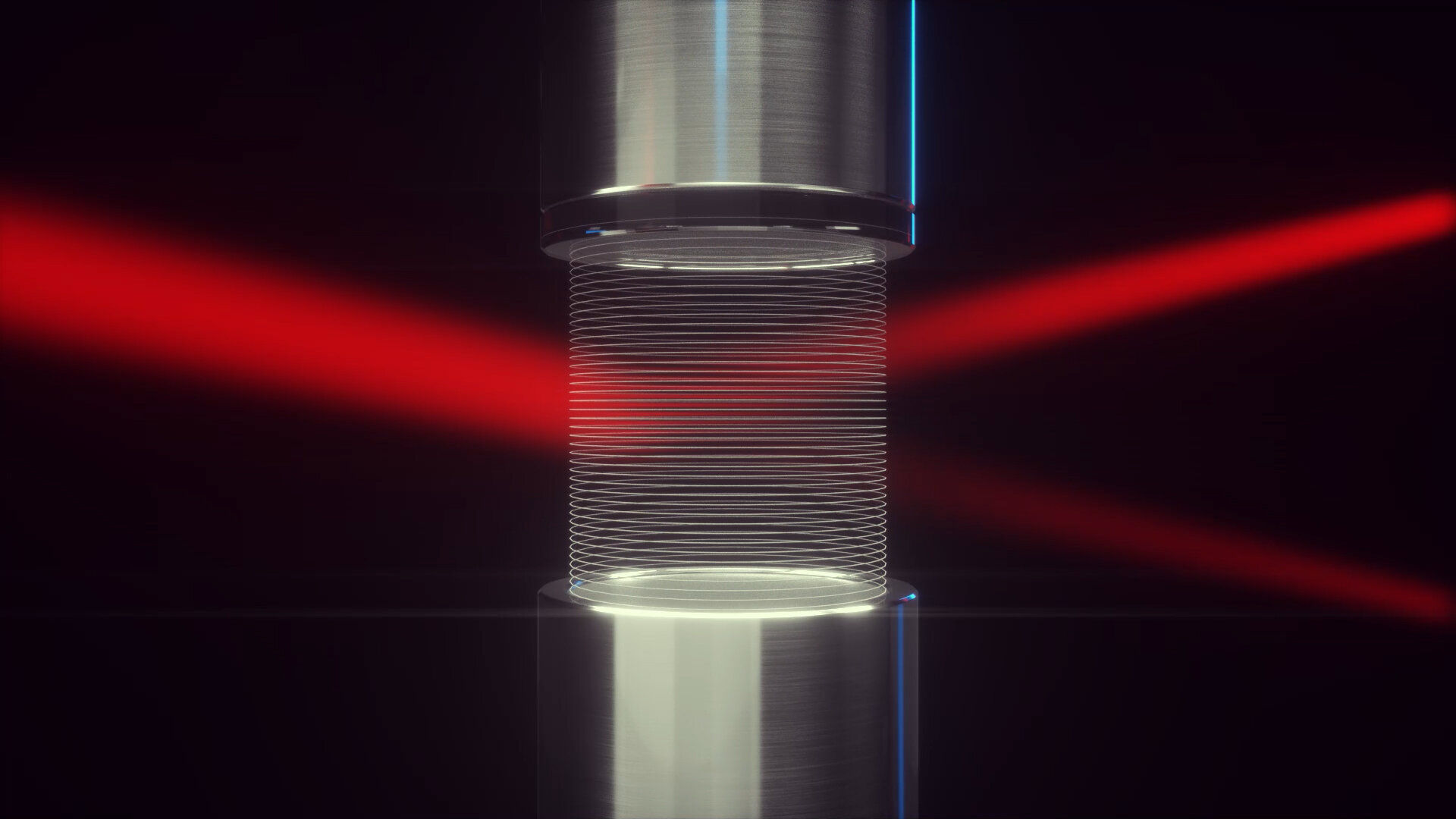Full Day Time Lapse - Skunk Bay, WA
This video will help you SEE and understand the changes that occur when viewing distant objects during different times of the day. Many factors are at play here and they all have an effect on what we can see: angular resolution, atmospheric humidity, temperature changes of both the air and water, atmospheric compression, atmospheric mirroring, refraction/diffraction of light, and high/low tide levels, just to name a few.
These combine to produce magnification and/or positional changes of distant objects, looming effects (stretching the top of objects), compression of the lower parts of objects which "squashes" them, the obstruction/"hiding" of far-away objects due to atmospheric particulates and precipitation (haze, fog, rain), etc.
The point is, none of the changes you are seeing have anything to do with the curvature of the mythical globe you've been told that you live on.
These natural changes confuse most of us because we don't realize what's actually happening. It's important to research these effects and understand how they work in combination with one another AND how those people that hide the true shape of our world from us have used our limited powers of observation and knowledge to fool us into believing we live on a spinning ball.
Research flat earth. Someday, you'll be happy you did.
https://youtu.be/e6Yif7LGFCcFull Day Time Lapse - Skunk Bay, WA
This video will help you SEE and understand the changes that occur when viewing distant objects during different times of the day. Many factors are at play here and they all have an effect on what we can see: angular resolution, atmospheric humidity, temperature changes of both the air and water, atmospheric compression, atmospheric mirroring, refraction/diffraction of light, and high/low tide levels, just to name a few.
These combine to produce magnification and/or positional changes of distant objects, looming effects (stretching the top of objects), compression of the lower parts of objects which "squashes" them, the obstruction/"hiding" of far-away objects due to atmospheric particulates and precipitation (haze, fog, rain), etc.
The point is, none of the changes you are seeing have anything to do with the curvature of the mythical globe you've been told that you live on.
These natural changes confuse most of us because we don't realize what's actually happening. It's important to research these effects and understand how they work in combination with one another AND how those people that hide the true shape of our world from us have used our limited powers of observation and knowledge to fool us into believing we live on a spinning ball.
Research flat earth. Someday, you'll be happy you did.
https://youtu.be/e6Yif7LGFCc









